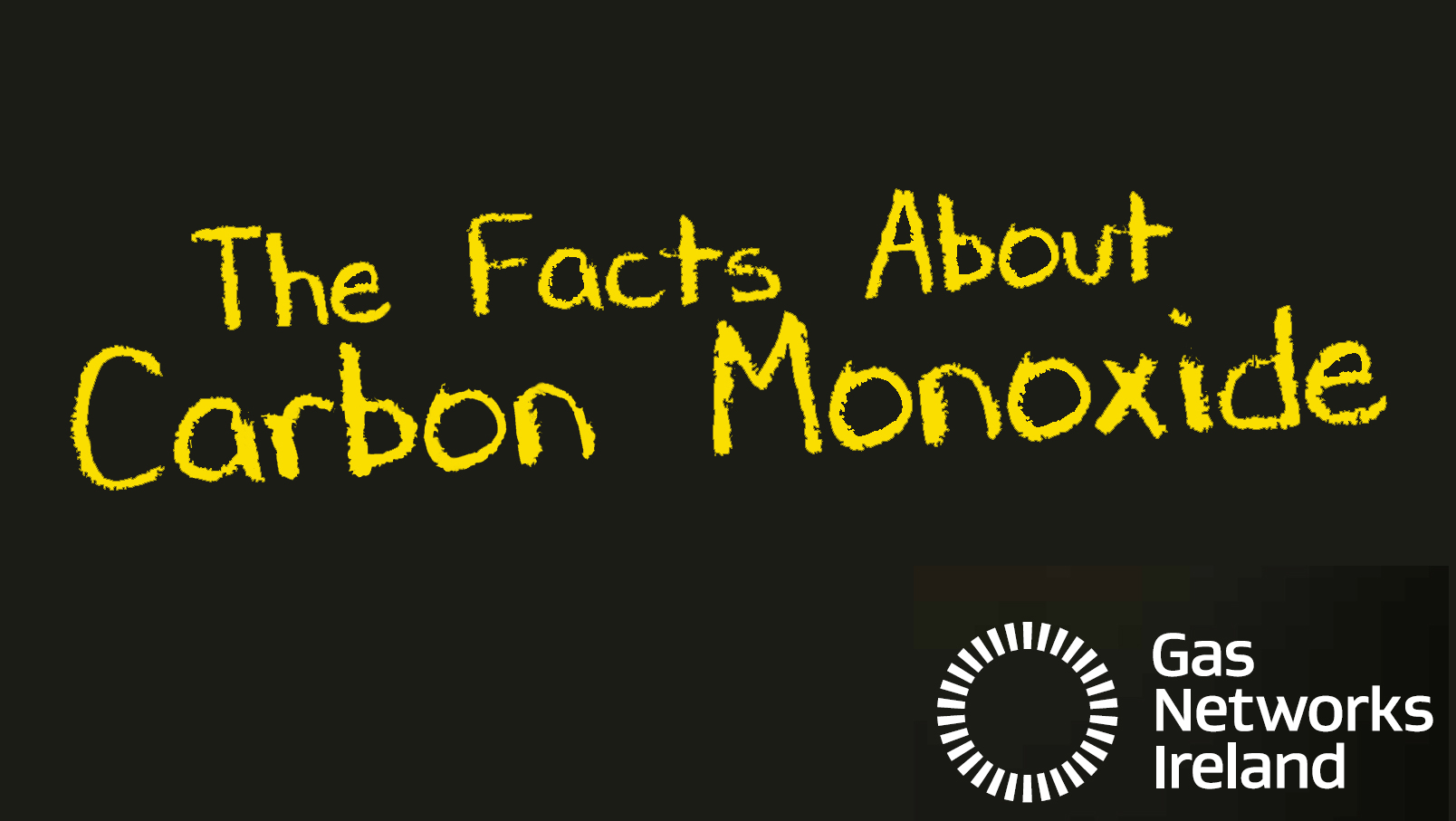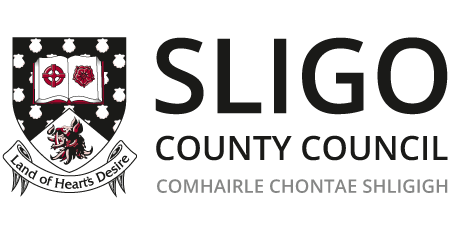In light of a number of recent carbon monoxide poisoning cases in County Sligo, Sligo Fire Service is issuing a warning on the dangers of carbon monoxide.
Carbon Monoxide
Carbon Monoxide: ‘A Silent Killer’

You can protect your home from the dangers of this deadly gas by taking preventive measures and by learning to recognise the symptoms of carbon monoxide poisoning.
What is Carbon Monoxide (CO)?
- Carbon monoxide is a highly poisonous gas
- It has no colour, no smell and no taste and is often called ‘the silent killer’
- When inhaled, it prevents blood from absorbing oxygen
- At high levels it can kill in as little as 3 minutes; at lower levels it causes illness.
- It kills, on average, 6 people in Ireland every year and makes many more ill.
- It can be produced by any fuel when burned – coal, turf, oil, gas, wood.
Where does it come from?
Carbon monoxide can be released by any fuel when it is burned, including coal, turf, oil, gas and wood. Harmful levels can be produced by:
- Any badly installed, faulty, damaged or blocked heating appliance, chimney or flue, such as:
- Blocked or insufficient ventilation in rooms where a fuel burning appliance is in use.
- Barbecues
- Petrol-driven machinery
Open fireplaces, Gas or LPG boilers, Oil-fired boilers, Solid fuel stoves
How to protect yourself:
- Be aware that any appliance, burning any type of fuel, can produce carbon monoxide.
- Ensure fuel burning appliances are properly installed and SERVICED ANNUALLY by a qualified agent
- Keep vents, flues and chimneys clear. NEVER BLOCK VENTS
- Get your chimney swept once a year.
- Use fuel burning appliances correctly
- Have at least one audible carbon monoxide alarm installed in your home and anywhere else you burn fuel. Check that the Carbon Monoxide alarm complies with the EN 50291 standard.
What are the signs of carbon monoxide in your home?
Signs of carbon monoxide may include:
- Staining, sooting or discolouring around an appliance
- Condensation on your windows
- A strange smell when an appliance is on (carbon monoxide itself has no smell but other fumes produced by burning may smell)
- A yellow or orange flame on a gas appliance where it is normally blue
When Carbon Monoxide is inhaled into the body it combines with the blood, preventing it from absorbing oxygen. Symptoms of carbon monoxide poisoning can include:
- Flu-like symptoms e.g. drowsiness and headaches
- Chest pains
- Nausea (feeling sick)
- Diarrhoea
- Dizziness
- General lethargy (lack of energy)
- Symptoms occurring when a particular appliance is on
- Others in the property (including pets) suffering similar symptoms
- Symptoms improving when you are away from the property
Recommend actions if the alarm goes off:
- Turn off appliances or other sources of combustion at once.
- Immediately get fresh air into the premises by opening doors and windows.
- Call a qualified technician and have the problem fixed before restarting appliances.
- If anyone is experiencing symptoms of carbon monoxide poisoning: headaches, dizziness, vomiting, immediately move to a location that has fresh air.
Remember
- The causes
Carbon Monoxide can be produced when ANY fuel is burnt, including oil, gas, wood and coal. - To service
To prevent Carbon Monoxide, ensure your appliances are installed and serviced annually by a qualified service agent for your fuel type. Also make sure vents, flues and chimneys are kept clear. - The alarm
Carbon Monoxide is odourless and colourless so for added protection install an audible carbon monoxide alarm. Make sure the alarm carries a CE mark, has an end of life indicator and carries an independent certification mark.
Further information is available on www.carbonmonoxide.ie

